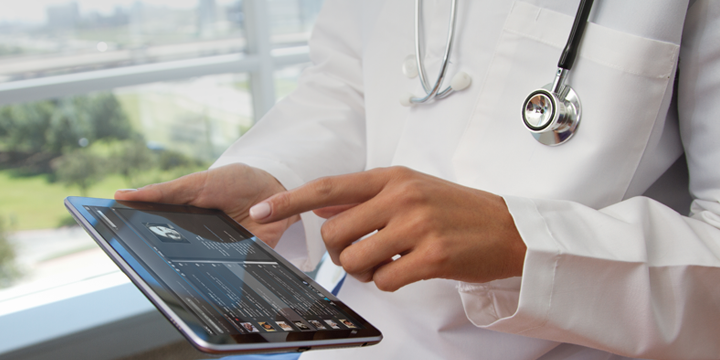Secondary Use of EHR Data for Quality Improvement
Electronic Health Records, or EHRs contain truckloads of data – each patient is represented by a record that integrates information objectively from different sources (such as different hospitals, laboratories, clinicians, physicians, etc.). Besides the most important function that EHRs serve, that is, of painting a complete medical picture of a patient to give the caregiver a comprehensive view before he/she proceeds with further treatment, secondary use of EHR data presents huge opportunities of improving healthcare at a larger level.
Most importantly, mining EHR data can lead to significant quality improvement and cost reduction. Currently, most practices use EHR data only for external reporting purposes and very few actually use that data for self-evaluation or to upgrade/improve their care delivery processes. Actually, if stored, reported and mined the right way, EHR data can give a macro level understanding of care gaps and feedback from patients. Data collected about quality related measures has become all the more crucial as major economies transit to ‘value-based reimbursement’, where instead of providers being paid by the number of visits and tests they order (fee-for-service), their payments are now based on the value of care they deliver (value-based care). The natural outcome is that healthcare providers will scramble to cut costs, and this newer model of payment fundamentally requires them to prove that the healthcare delivery is effective for patients and quality standards are being met. Quite obviously, monitoring quality becomes important, and EHR data mining can help achieve that.
Though there are barriers to this, such as the lack of a standardized reporting mechanism that neatly balances the tradeoff between prebuilt and customized reports. This is a necessary prerequisite, because you see, that for data to be interpreted into meaningful information, it is necessary that reports are comparable so that common criteria or parameters can be identified. Other challenges are related to privacy and cost – who is accountable for data protection and who pays for it? More collaboration between governments and care providers can overcome such challenges, for the results are truly worth the effort.
Besides quality improvement, EHR data can also be used to identify public health trends and provide inputs to clinical and translational research.
References
https://www.healthcatalyst.com/hospital-transitioning-fee-for-service-value-based-reimbursements




